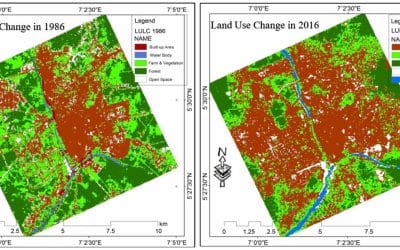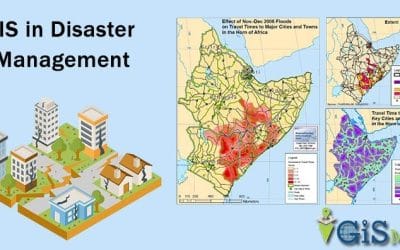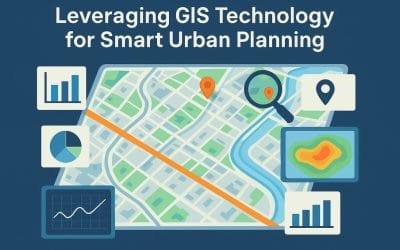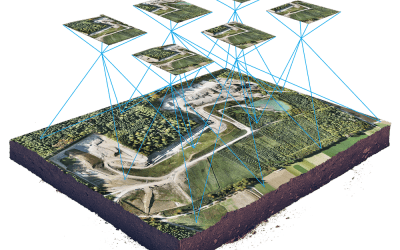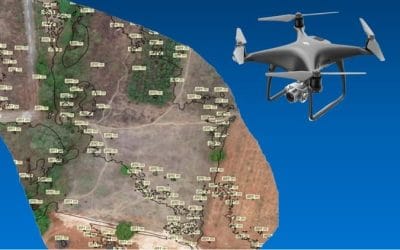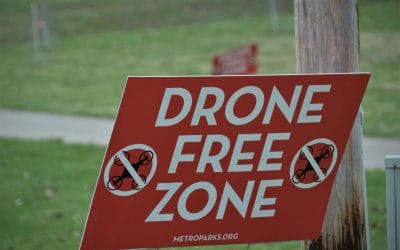Scope of GIS to Covid-19 pandemic
As we know GIS is not focused on mapping alone as it also makes use of geography to furnish context for events in a common reference system. Hence, in the application of Geospatial tools, GIS reveals relationships, patterns, and associations that are often hidden by the complexity of data.
It is safe to say, public health modeling and mapping tools for surveillance and monitoring, understanding resource capacity and needs, and improving critical communication are all derived from GIS.
With the use of maps, the insights needed to plan and respond in a rapidly changing environment and help slow the spread is achieved.
Indeed, with the COVID-19 pandemic, public health organizations have to sort ways to make informed strategic decisions about the virus. And some data proves to be useful in the forecast of COVID-19 infection in communities and geographical information science (GIS) as a tool has helped bolster this discovery. The government of a particular country can use GIS to alert recreational centers and gatherings, that it was not safe to open the parks during a particular month. The GIS data help to suggest why parks could not control specific gatherings and adequately carry out safety measures. Given the importance of using GIS for future decision-making at the state level in relation to parks, the state is now also working to integrate GIS web platforms for their main
GIS role in the surveillance of environment against COVID-19?
We are seeing, at least in some places, the use of GIS to help regions begin to ease lockdown sensibly. We could tell that easing lockdown too quickly, and perhaps without adequate data, has led to a resurgence of COVID-19 infections. With the use of GIS and spatial analysis, it is possible to limit the impact of infections and make better decisions about what steps can be undertaken to ease restrictions at least until a vaccine for the virus becomes widely available. Additionally, a map is also used to display the location of cases within rooms of a building, such as in a hospital, dispensary, or nursing home.
Why do we need GIS in fighting Covid-19
- In tracking the outbreak of disease.
- The incidence of real-time disease maps assists in recognizing the spread of epidemics.
- Travelers, citizens, and decision-makers are able to protect themselves and loved ones effectively with timely information.
- This can help countries prepare and fight global pandemics like Coronavirus COVID-19.
- Do you have any more sources to track the spread of viruses? Please let us know with a comment below.






























































































